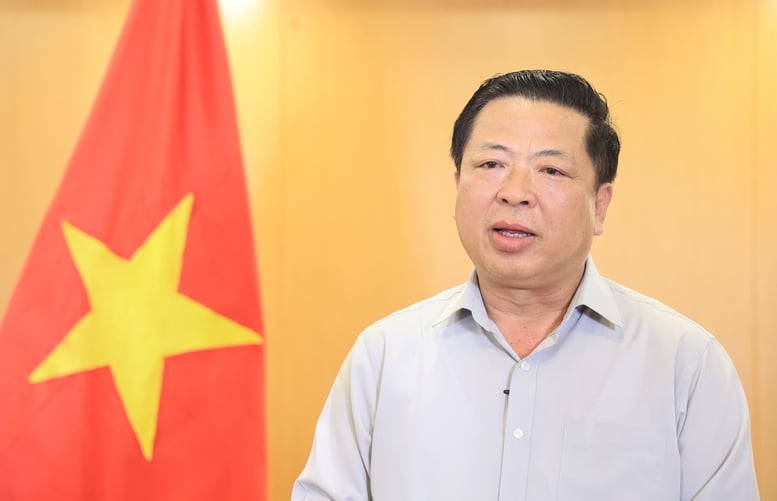
Minister of Construction Tran Hong Minh shared with the Government Electronic Newspaper about his vision and determination to join the entire industry in affirming the mission of creating modern infrastructure, connecting smart transportation, expanding development space, and bringing the country strongly into the era of growth - Photo: Ta Hai
Minister of Construction Tran Hong Minh affirmed: The First Congress of the Party Committee of the Ministry of Construction after merging the two Ministries of Construction and Transport demonstrated a strong commitment to changing thinking, creating infrastructure development, digital transformation and green development - strategic pillars of the country.
Breakthrough marks on 3 strategic pillars
Could the Minister please share some outstanding breakthrough results that the Party Committee of the Ministry of Construction has achieved in the past term?
Minister Tran Hong Minh: Under the strong and close leadership and direction of the Party and State leaders, the coordination of ministries, branches and localities, as well as the support of the people and the business community, the Party Committee of the Ministry of Construction has promoted the spirit of solidarity, steadfastness and high responsibility before the Party and the people to successfully complete the Resolution of the Party Congress of the previous term, excellently completing most of the targets and tasks with many bright spots.
First of all, in leading the implementation of political tasks, the Party Committee of the Ministry of Construction has demonstrated its core role and achieved many outstanding results. The Party Committee has resolutely directed institutional reform, perfected the legal corridor, and promptly removed basic bottlenecks. Many important laws have been submitted to the National Assembly for approval, such as: Housing Law, Real Estate Business Law (2023); Road Law, Urban and Rural Planning Law (2024); Railway Law (2025) ... At the same time, it has summarized and proposed amendments to many other strategic laws such as: Vietnam Civil Aviation Law, Inland Waterways Law, Vietnam Maritime Code, especially the amendment of the Construction Law ... to create a synchronous and interconnected legal foundation between construction - transportation - urban - logistics.
The Ministry of Construction has issued more than 440 legal documents, including many strong innovation mechanisms in decentralization, delegation of authority, procedural reform, investment incentives for construction, smart urban development, green economy and digital transformation. Implementing the 2-level local government model, the Ministry has decentralized and delegated 118 tasks to localities.
Regarding planning and strategy, the Ministry of Construction has submitted to the Prime Minister for approval all 5 national transport sector plans. This is the first time in history that all 5 transport sector plans have been established synchronously. Along with that is the Transport Development Strategy to 2030, vision to 2050, projects to develop dry ports, logistics, railway station networks, freight forwarding centers, etc., contributing to shaping the development of strategic, synchronous, multi-modal infrastructure.
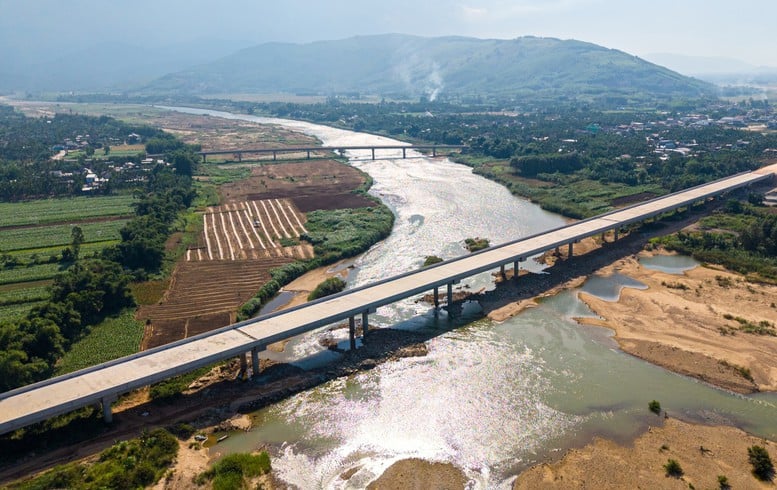
The Ve River Bridge on the Quang Ngai - Hoai Nhon Expressway crosses the Ve River, 610 meters long. This is also the longest bridge on the entire North-South Expressway and is about to be completed - Photo: Construction Newspaper
Regarding infrastructure development, this is an area in which the Ministry of Construction has made many breakthroughs.
The construction industry has started 93 projects, completed 83 traffic and construction projects...; completed about 3,000 km of expressway, of which the eastern expressway section from Lang Son to Ca Mau has been basically completed; Long Thanh International Airport Project - a national key project, has so far completed the foundation packages, passenger terminal and important technical items, striving to complete phase 1 by the end of 2025.
Regarding railways, the Ministry of Construction has submitted to competent authorities for approval the North-South high-speed railway project after nearly 20 years of research; the Lao Cai - Hanoi - Hai Phong railway project to increase international freight transport connectivity capacity, striving to start construction at the end of this year. The Ministry also submitted to the Government for approval the Master Plan for the development of Vietnam's seaport system for the period 2021 - 2030; promoting investment and upgrading Cai Mep - Thi Vai, Lach Huyen, Van Phong ports, etc.
Regarding transport management from 2020 to 2024, the volume of transport and circulation of goods and passengers will increase from 1.46 to 1.9 times. The average transport growth is from 13-16%/year.
Regarding housing management and the real estate market, there are currently 692 social housing projects nationwide with a scale of 633,559 units; nearly 124,000 houses have been supported for people with revolutionary contributions, martyrs' relatives, poor and near-poor households. The Ministry of Construction has also made efforts to resolve 136/788 real estate projects facing difficulties.
The Ministry has submitted to the Prime Minister for approval the Urban and Rural System Planning for the 2021-2030 period and issued a Plan to implement the planning. The Ministry has organized the appraisal and received approval from the Prime Minister, adjusting the overall master plans of the capital cities of Hanoi, Ho Chi Minh City, Hai Phong, Da Nang, Hue City and economic zones that play a driving role in development; Coordinated with localities to implement the 2019 Law on Architecture; adjusted the drainage orientation for the development of urban drainage and industrial parks in Vietnam. As of June 2025, there were 900 urban areas nationwide. The urbanization rate nationwide reached about 44.9%.
Regarding breakthroughs in human resource development and science and innovation, we promote training and development of staff, and apply new technologies in online training. More than 1,200 scientific and technological tasks of the construction industry have been deployed, focusing on areas such as: smart construction, green materials, technical standards, and digital transformation.
It can be said that in the 2020 - 2025 term, the Party Committee of the Ministry of Construction not only successfully completed the assigned political tasks, but also created breakthroughs on three strategic pillars: perfecting the legal system, developing a synchronous and modern infrastructure, and improving the quality of human resources. The recent organizational consolidation, expansion of scale, and increasing requirements in industry management have created a solid foundation for the entire construction industry to enter the 2025 - 2030 term with new momentum, new determination, and greater expectations.
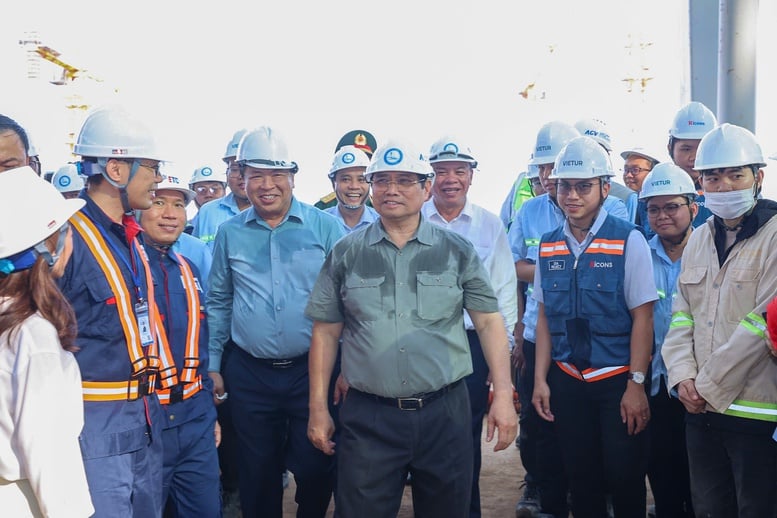
Prime Minister Pham Minh Chinh and Minister of Construction Tran Hong Minh inspected the site and urged the progress of the Long Thanh international airport project (Dong Nai province) on August 2 - Photo: VGP/NB
Flexible in organization, steadfast in principles
The Minister has just mentioned that the merger of the two Ministries (Ministry of Construction and Ministry of Transport) is a solid foundation for the whole industry to enter the new term with new determination. May I ask, in the recent leadership and direction process, what lessons has the Party Committee of the Ministry of Construction drawn from practice?
Minister Tran Hong Minh: From the comprehensive leadership practice of the 2020 - 2025 term, the Party Committee of the Ministry of Construction has drawn many profound lessons.
The first and most important lesson is to maintain the Party's comprehensive leadership role. Unity in ideology, action and organization from the Party Committee to each Party cell is the foundation for creating political consensus, organizational discipline and effective leadership and management.
Second, it is the proactive concretization of policies and resolutions of the Central and Government into industry practices. Connecting macro orientations with professional requirements helps improve policy quality, effectiveness of implementation and spread of leadership roles from the central to the grassroots levels.
Third, the decisive factor for success is still the staff. The work of planning, training and evaluating staff always needs to be given comprehensive attention to build a team of competent staff with innovative thinking, daring to think, daring to do, daring to propose to meet the increasingly high requirements of the industry.
Fourth, the lesson is the need to tighten discipline, strengthen inspection and supervision associated with the spirit of "self-reflection, self-correction" and setting an example. Inspection is not only a preventive measure but also a corrective measure, improving the quality of organization and maintaining discipline in the Party.
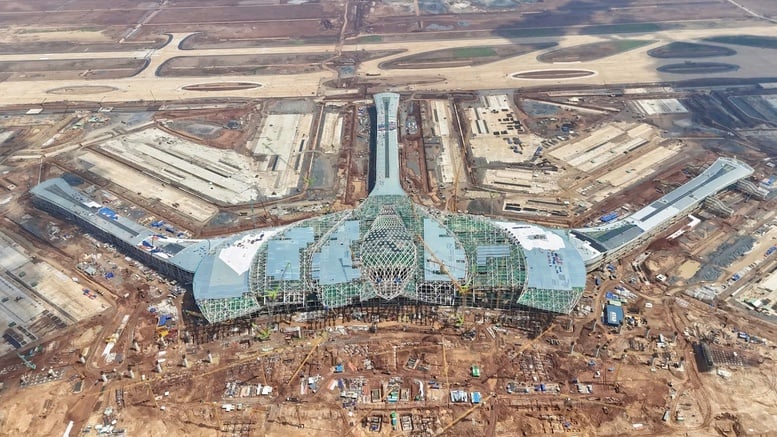
Long Thanh International Airport - one of the national key projects - is entering the final stages to complete construction of main items in 2025.
When merging the two Ministries of Construction and Transport (from March 2025), our big lesson is to be flexible in organization, but to be steadfast in principles. The merger and consolidation were carried out methodically and consensually, with a focus on ideological work and mass mobilization, ensuring no interruption of political tasks. After the merger, from a Party Committee with 34 affiliated organizations and more than 1,300 Party members, the Party Committee of the Ministry of Construction has now become a grassroots Party Committee directly under the Government Party Committee with 53 affiliated Party organizations and more than 9,750 Party members - the scale, stature and leadership capacity have been raised to a new level.
Finally, the lesson is to promote the spirit of solidarity, innovation, and creativity; to promote individual responsibility in conjunction with collective responsibility; and to take the results of political task implementation as a measure of effectiveness. This is the driving force that helps the Party Committee of the Ministry of Construction to fulfill its leadership role well in a context of many challenges and fluctuations.
We understand that the Party Committee of the Ministry of Construction must continue to be united, responsible, and have strong political will to successfully carry out the political tasks assigned by the Party, the Government, and the people. At the same time, we also strive to build a clean and strong system to create a premise for the next term to develop more breakthroughs and sustainability.
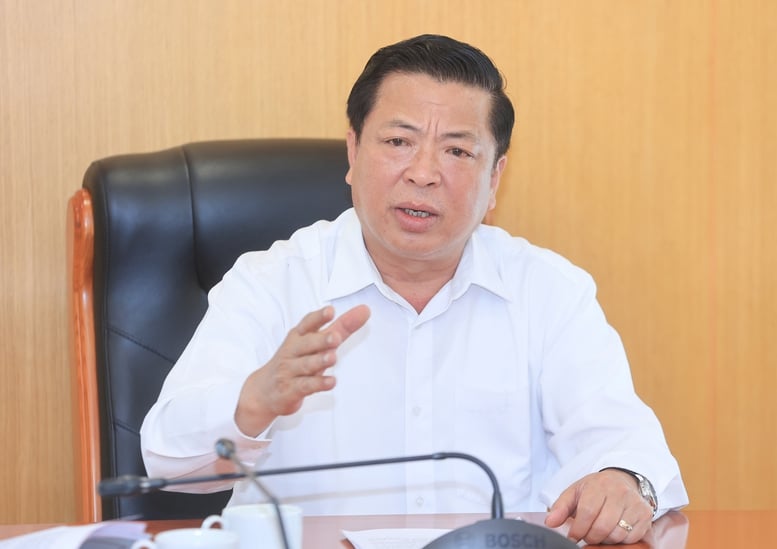
"The Party Committee of the Ministry of Construction must continue to be united, responsible, and have strong political will to successfully carry out the political tasks assigned by the Party, the Government, and the people. At the same time, we must strive to build a clean and strong system to create a premise for the next term to develop more sustainably and breakthroughly" - Minister Tran Hong Minh
In the industry's general strategy, how has the Ministry of Construction determined the position and role of the "strategic quartet" including Resolutions 57, 59, 66, 68, Mr. Minister?
Minister Tran Hong Minh: The Ministry of Construction identifies these as four strategic pillars, creating the foundation and consistent orientation for the industry's development in the 2025 - 2030 period and vision to 2045.
Resolution 57-NQ/TW on scientific and technological breakthroughs, innovation and digital transformation is the guideline for the comprehensive modernization of the construction industry. The Minister, who is directly the Head of the Steering Committee on Science and Technology Development, Innovation and Digital Transformation, has issued the Digital Transformation Program for the industry until 2025, with a vision to 2030.
The Ministry of Construction is focusing on completing the industry's database system, organizing a Science and Technology Conference soon to order research units, launch breakthrough products that can be applied immediately, to improve the quality of management work, better serve people and businesses, and move towards researching the establishment of an Innovation Center and forming a science and technology exchange floor for the construction industry. Currently, the digital infrastructure and data platform for the construction industry have basically been formed. The shared data warehouse of 6 fields has been connected to ministries, branches and localities; 100% of eligible administrative procedures have been provided in the form of full-process online public services.
The Ministry of Construction also identified focused and key investments for the innovation ecosystem, promoting the application of new technologies such as: BIM (Building Information Modeling), GIS (Geographic Information System), AI, IoT (Internet of Things), building smart management systems in planning, urban, transportation, inspection, seaports and infrastructure to adapt to climate change...
Resolution 59-NQ/TW on international integration in the new situation, we aim to open up more strongly in terms of institutions, technology and markets in the fields of infrastructure development, smart cities, green building materials and logistics. With this spirit, the Ministry of Construction promotes bilateral and multilateral cooperation mechanisms with China, Korea, Japan, Laos, Cambodia, EU, the United States, Australia...; strengthens its role in multilateral frameworks such as: WTO, APEC, ASEAN, ASEAN+, CPTPP, EVFTA, UNESCAP, OSJD... thereby effectively mobilizing ODA resources, FDI, preferential loans...
Resolution 66-NQ/TW on innovation in legislative work and law enforcement is the basis for the Ministry of Construction to establish a constructive, synchronous and practical legislative program. Institutional reform, reducing overlaps, and creating a transparent legal environment are the prerequisites for effectively implementing the goals of the remaining resolutions. The issued documents are all highly innovative and practical, focusing on removing institutional bottlenecks, improving the investment and business environment, promoting the development of social housing, commercial housing, construction materials, smart cities and infrastructure, etc.
Implementing Resolution 68-NQ/TW of the Politburo, the Ministry of Construction clearly identified the development of the private economic sector as the central driving force. This is not only a political requirement, but also an inevitable choice to accelerate the modernization of the construction industry and sustainable development. In fact, many large domestic private enterprises have invested in social housing projects, smart cities, traffic infrastructure, etc. This is a positive signal and the Ministry will continue to accompany, remove difficulties, and spread good models of private investment projects and public-private partnership (PPP) projects.
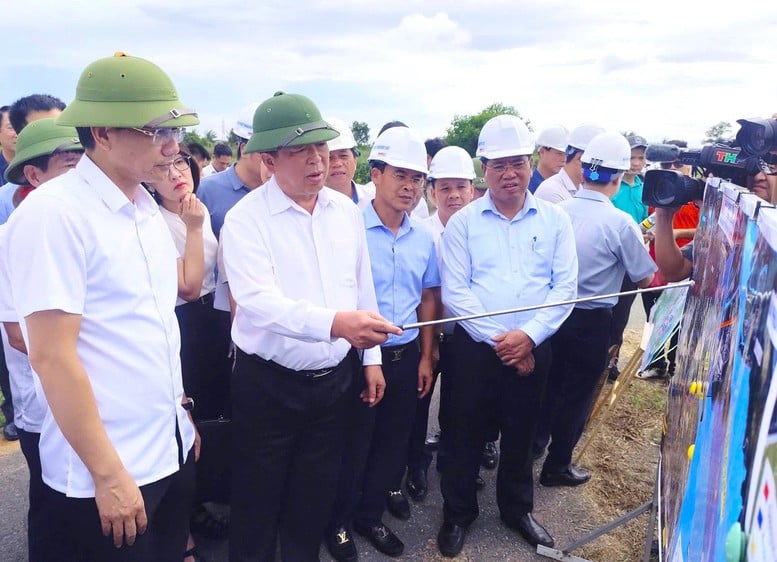
Minister Tran Hong Minh inspected the Lao Cai - Hanoi - Hai Phong railway on July 24.
What are the major guiding viewpoints and key goals of the Party Committee of the Ministry of Construction in the 2025-2030 term, Minister? According to the Minister, what needs to be done to realize the Congress Resolution right from the beginning of the term?
Minister Tran Hong Minh: Entering the 2025-2030 term, the Party Committee of the Ministry of Construction is facing many new development opportunities, but also many difficulties and challenges, especially the high requirements for institutional perfection, synchronous infrastructure development, building smart and sustainable urban areas and ensuring traffic safety.
In that context, the Party Committee clearly defines the guiding viewpoint as the compass for all activities. First of all, the Party Committee thoroughly grasps the motto of action: "Solidarity - Democracy - Discipline - Breakthrough - Development", closely linking Party building work with the implementation of professional tasks.
The Party Committee sets specific goals for Party committees, Party organizations, agencies and units on implementing political tasks, Party work, especially the inspection and supervision program; on political theory training and Party admission.
In order for the Resolution to not remain on paper but immediately come into life, the Party Committee of the Ministry of Construction focuses on directing the successful completion of the industry's growth scenario, the ultimate goal must be economic efficiency, the satisfaction of businesses and people. In particular, the Construction industry will pioneer in contributing over 18% of the country's GDP value in 2025 and over 20% in the following years. In addition, it is estimated that the Construction industry can indirectly contribute about 4-5% of GDP, through the spillover effect to other industries such as machinery manufacturing, residential consumption, etc.
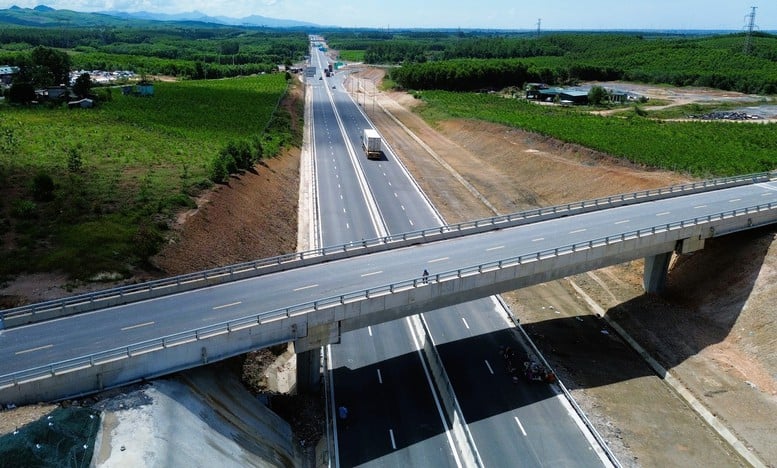
The total output of the Van Ninh - Cam Lo expressway project has reached about 97% so far and is expected to open to traffic on August 19.
To achieve this goal, the Ministry of Construction has been implementing major projects with far-reaching impacts on socio-economic development such as: By 2030, there will be at least 5,000 km of expressways; Starting construction of the North-South high-speed railway, urban railway, railway connecting China (striving to complete some routes before 2030); Effectively exploiting Long Thanh International Airport; Speeding up the completion of the coastal road system, international transit seaports in Lach Huyen, Cai Mep - Thi Vai, Can Gio, Lien Chieu, Nam Do Son...; Promoting the completion of the target of 1 million social housing apartments by 2030 according to the direction of the Government...
I would like to emphasize that the 1st Congress of the Party Committee of the Ministry of Construction marked a major change in organization, functions and tasks when merging the two sectors of Construction and Transport. The merger is a strong commitment to changing thinking, creating infrastructure development, urban areas, digital transformation and green development - strategic pillars of the country.
During the 2025 - 2030 term, the Party Committee of the Ministry of Construction must truly become a unified bloc in ideology and action to fulfill the mission of creating infrastructure - connecting transportation - expanding development space in the era of national development. I hope that every cadre and Party member in the entire Party Committee - regardless of the field they work in - feels that they are a part of that great mission, have a role, contribute to the industry, to the country and are recognized by history.
Thank you very much Minister!
Phan Trang (performed)
Source: https://baochinhphu.vn/bo-truong-bo-xay-dung-va-loi-cam-ket-thay-doi-tu-duy-kien-tao-ha-tang-trong-nhiem-ky-moi-102250804005825337.htm





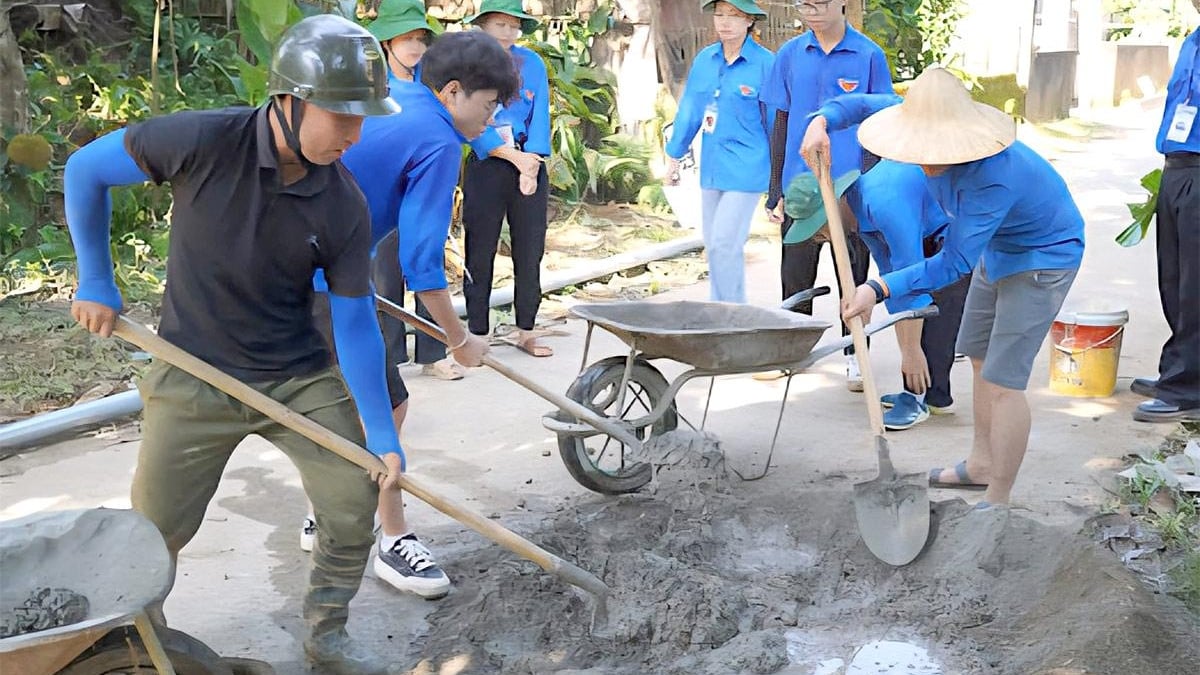



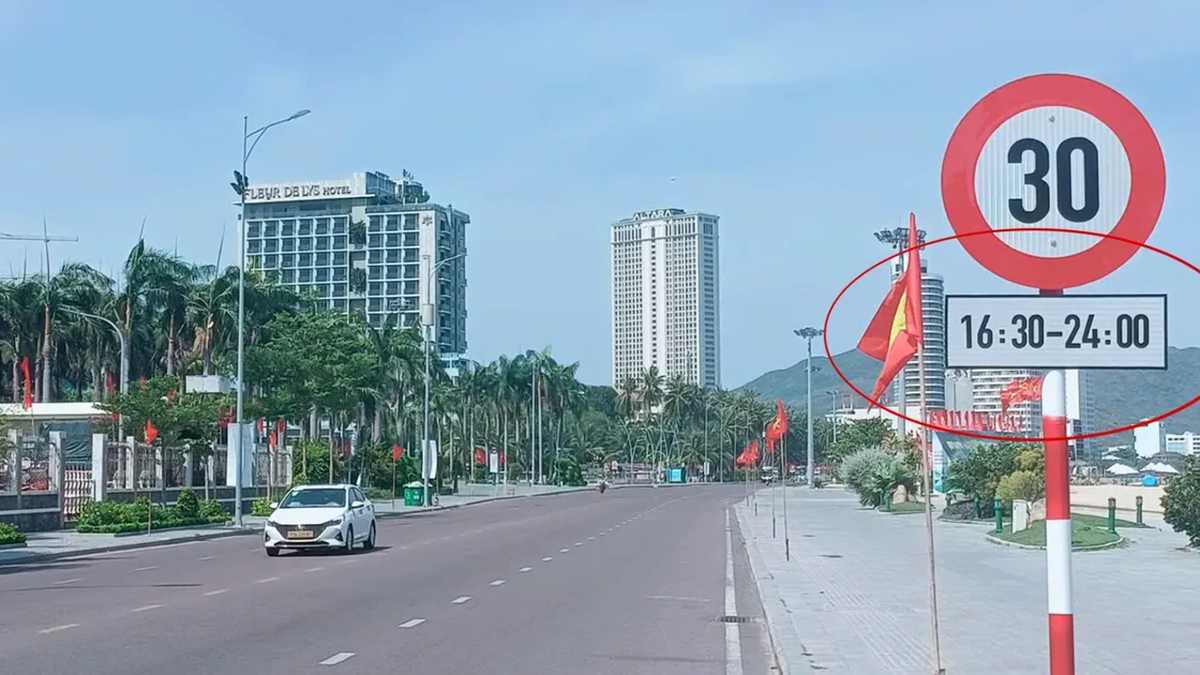
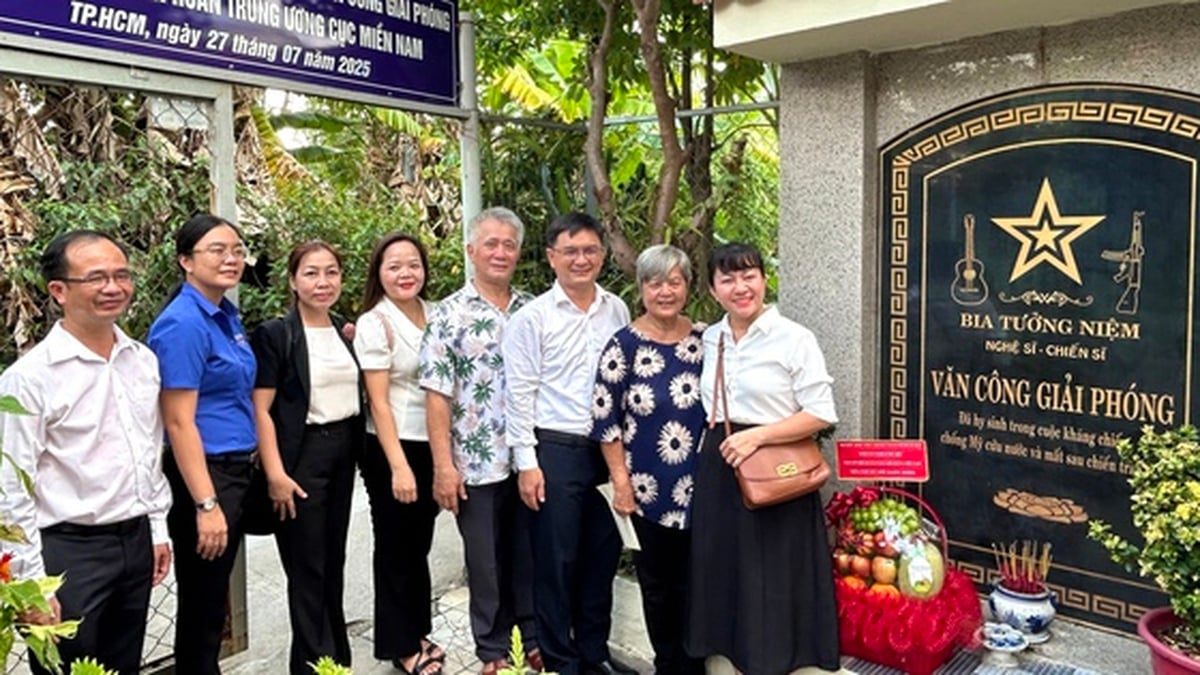











































![[Maritime News] Two Evergreen ships in a row: More than 50 containers fell into the sea](https://vphoto.vietnam.vn/thumb/402x226/vietnam/resource/IMAGE/2025/8/4/7c4aab5ced9d4b0e893092ffc2be8327)

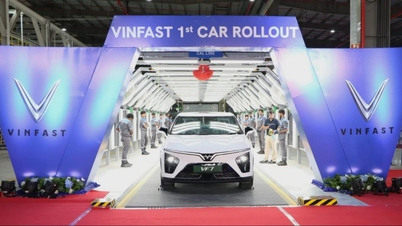


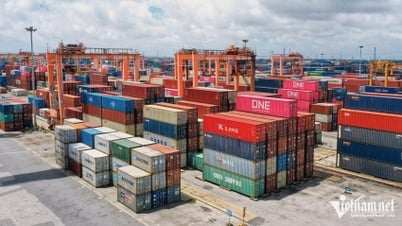



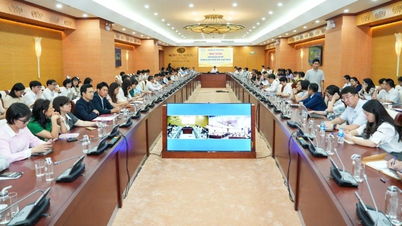

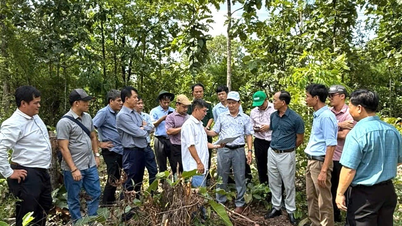


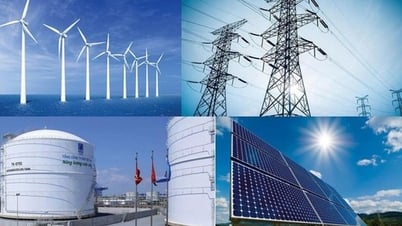

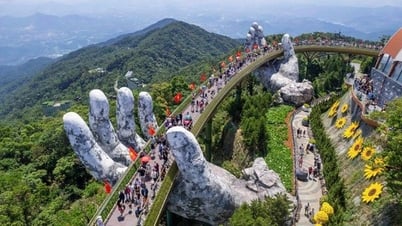


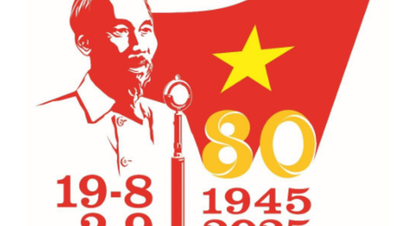
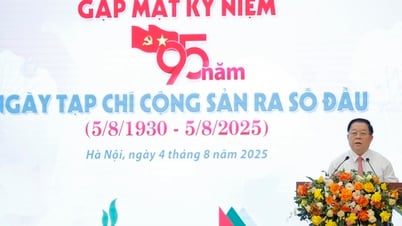

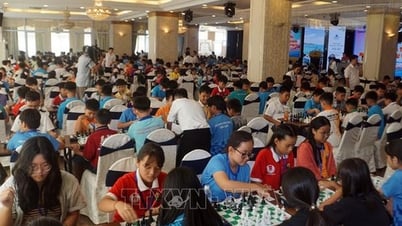


















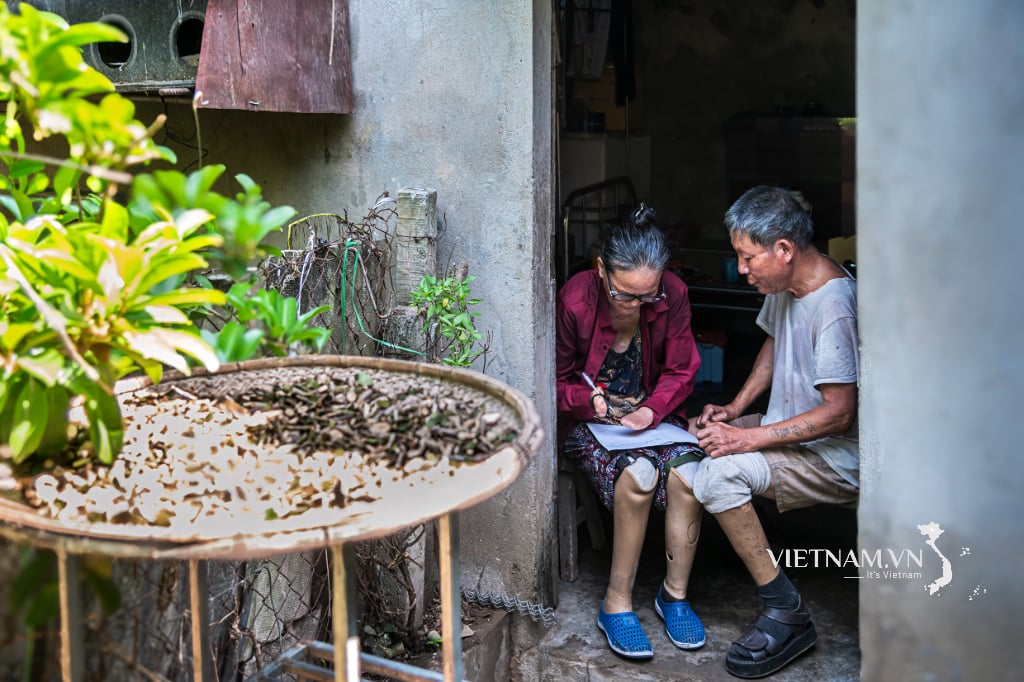

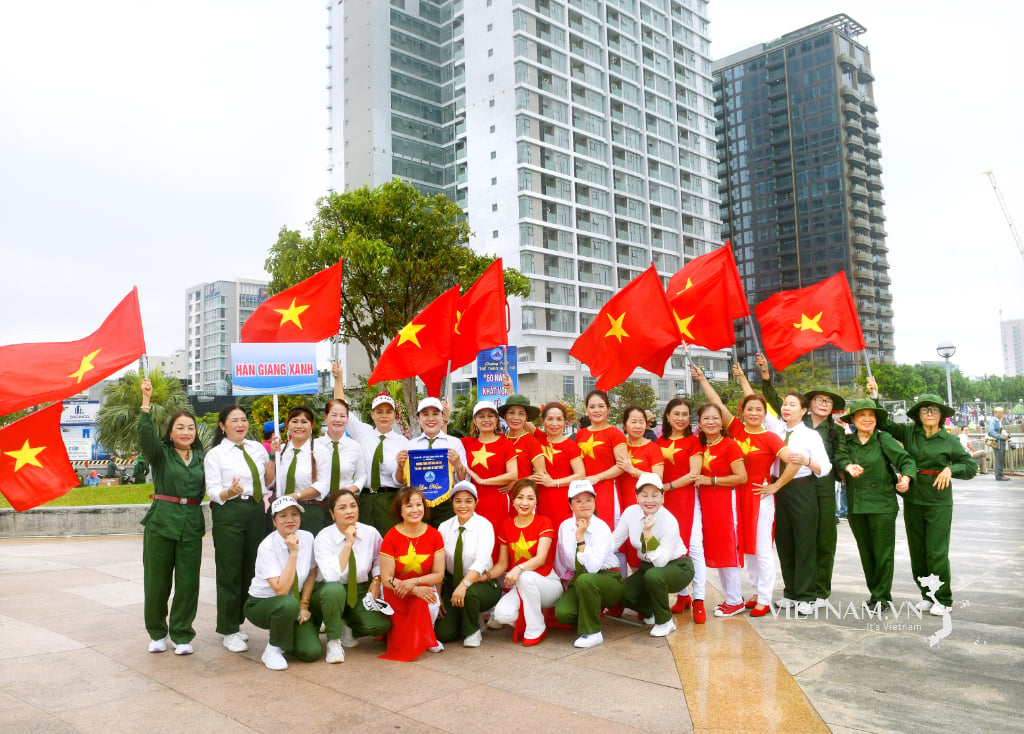
Comment (0)